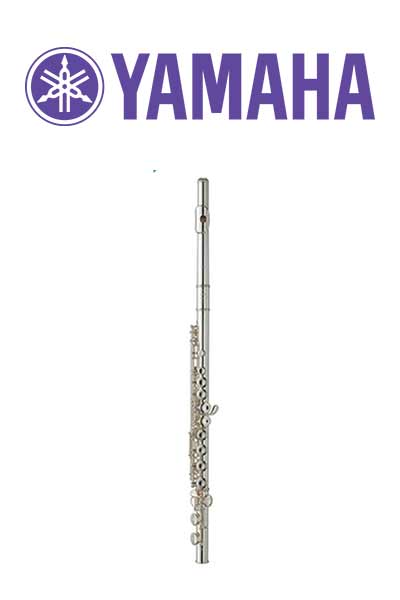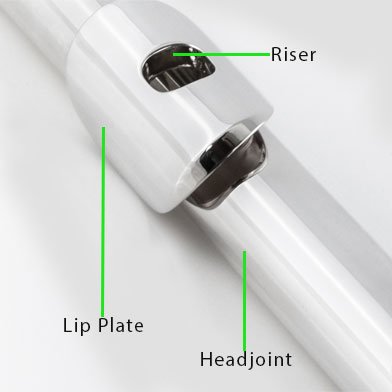A Brief History of the Violin – Interesting Facts & Figures
- The violin originated from Italy in the early 1500s.
- Bowed instruments were used in the Medieval period and these would be the forerunners for the violin.
- Andrea Amati has been credited with being the developer of the violin as we know it today – in around 1525.
- The art of violin making reached its peak during the 17th and early 18th This is when Stradivari made his infamous violins.
- Stradivari was an apprentice to Nicolo Amati who was the grandson of Andrea Amati.
- Early violins had a shorter and thicker neck than we have today which naturally altered the whole look of the violin from how we know it today. The violin went through several changes between the 16th and 19th
- Vivaldi and JS Bach were big fans of the violin and due to them it increased in popularity and was included in more compositions for orchestras.
- Paganini and Sarasate were virtuoso violinists who gave the violin an even better status and placed the violins on the music map as we know it today.
- The modern bow was invented by Francois Tourte (1747-1835)
- The bow must be a specific weight and length to balance which in turn allows the player to produce power on the strings.
- Louis Sphor invented the chin rest around 1820 which ensured that the violin was more comfortable for the player.
- It is not known when the shoulder rest was invented but at a guess it came about through a comfort element and still today some players will just use a sponge!
- The Bach E Major Violin Concerto was composed around 1720 when the violin had no chin or shoulder rest – the strings would also have been made of gut around this time. Violinists performing this magnificent piece today will often ponder and appreciate the skill that would have been necessary to perform this several hundred years ago.
- Stradivarius violins often sell for millions of pounds. The violin that was played as the Titanic sank also sold for several million pounds. The value is often based on the violin itself with added value for history or famous players that have owned or played a particular instrument.
- Modern violins are typically made from spruce or maple wood.
- Violins come in several sizes, appropriate to the player, from 1/32 to 4/4. The smallest violins look like toys but are made the same as a full size.
- Over 70 pieces of wood are put together to make a complete violin
- The word violin comes from the Latin word vitula which means stringed instrument.
- Violin bows contain between 150 and 200 hairs – made usually from nylon or horse hair (tail)
- Violin strings were first made of sheep gut (known as cat gut) but modern strings are made from various synthetic materials.
Need to hire a violin? We can help







